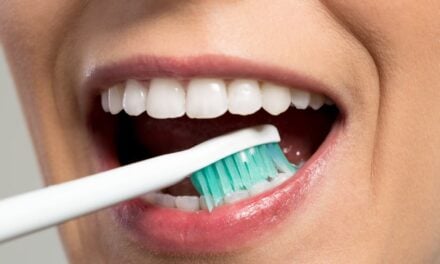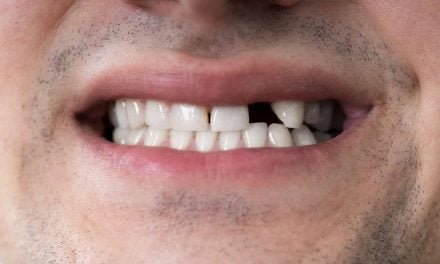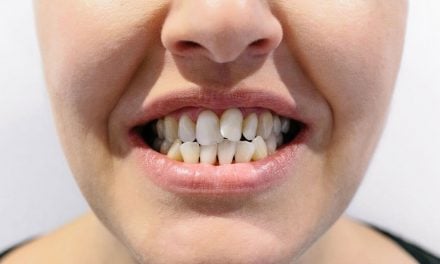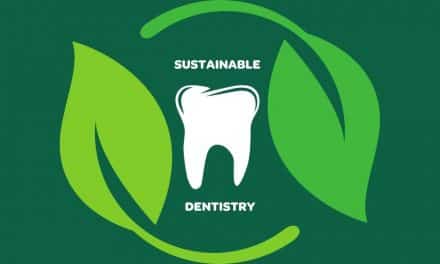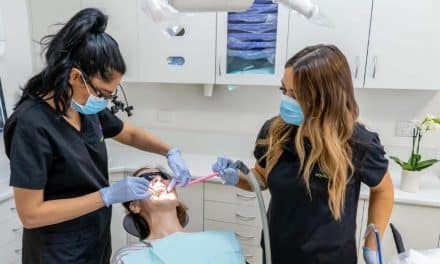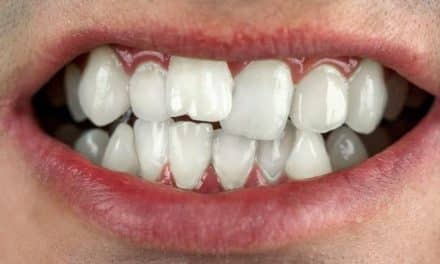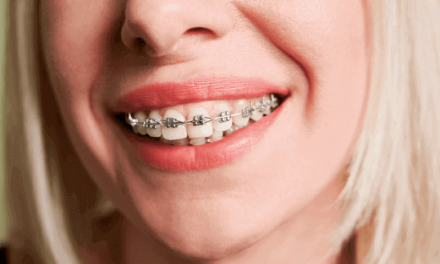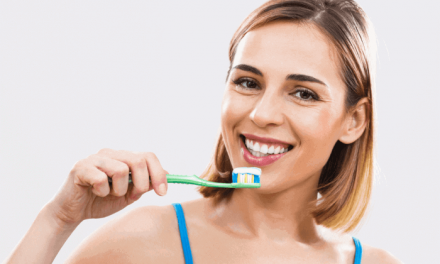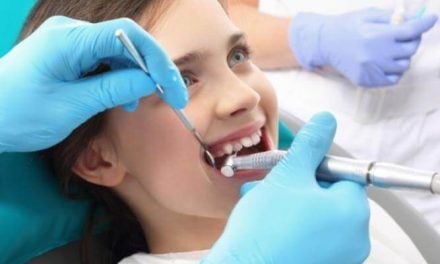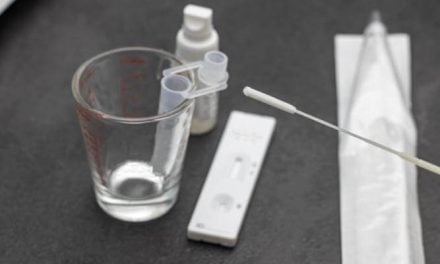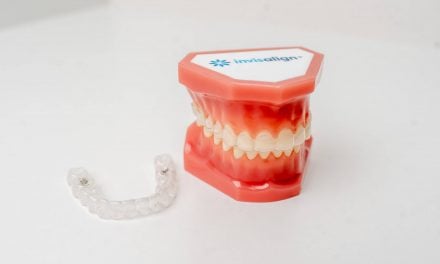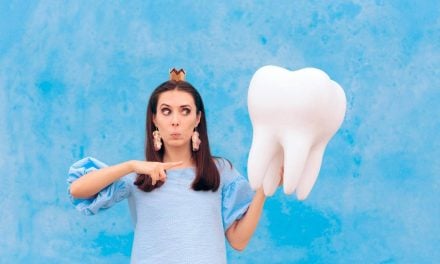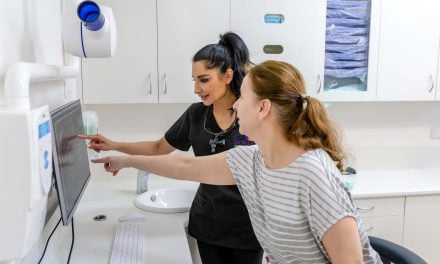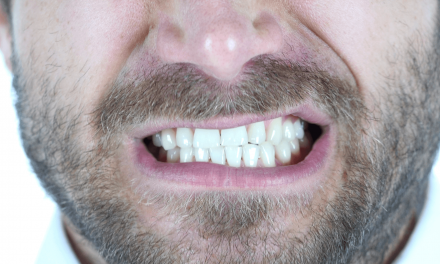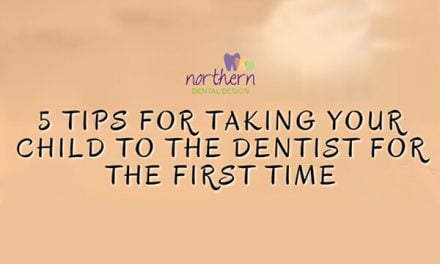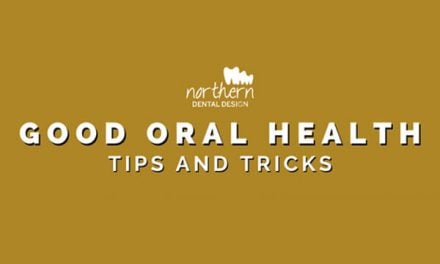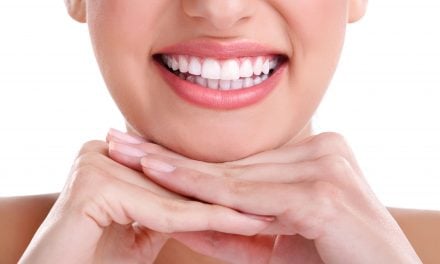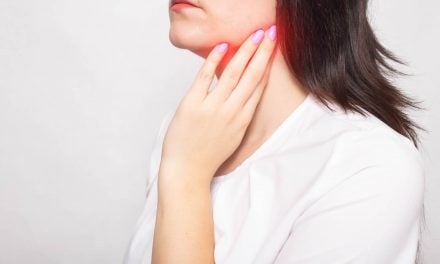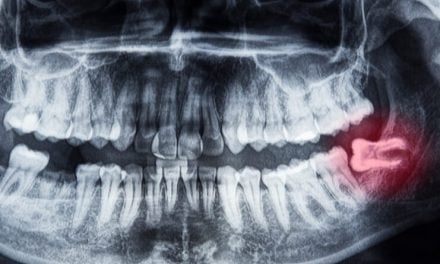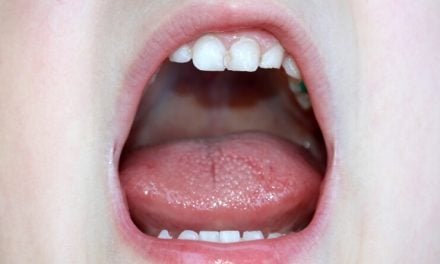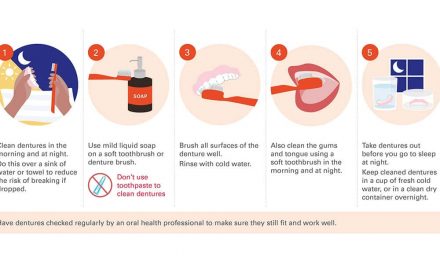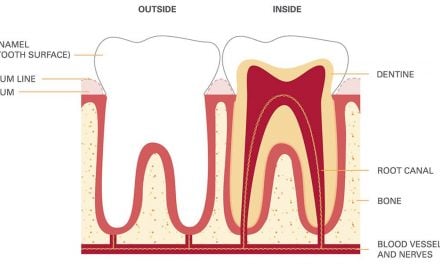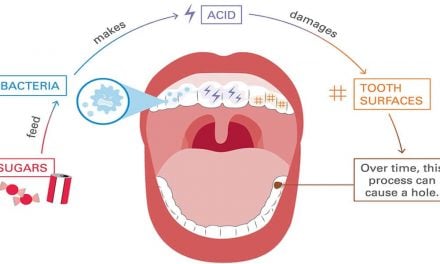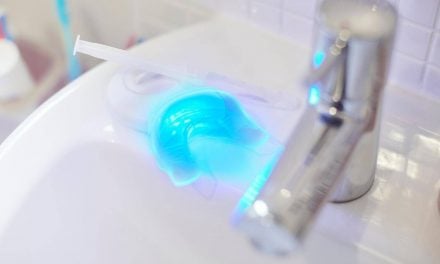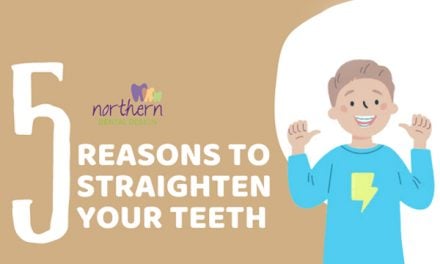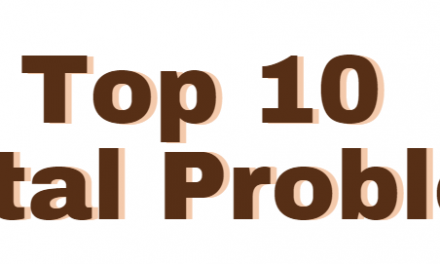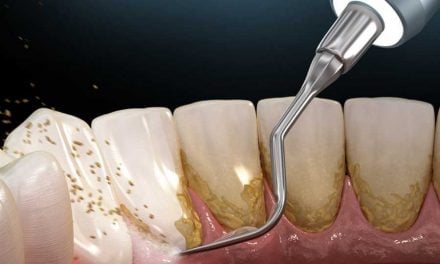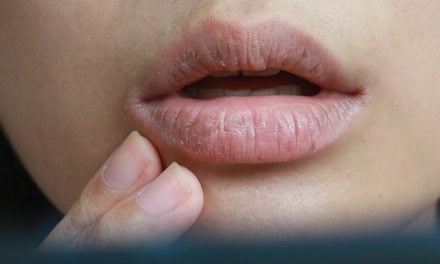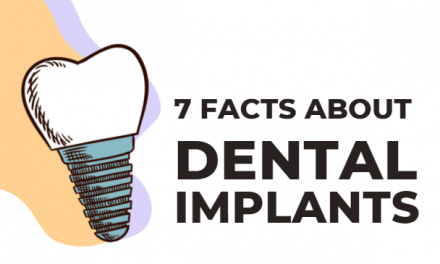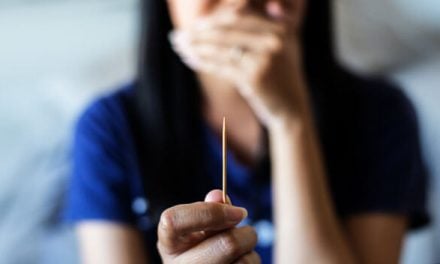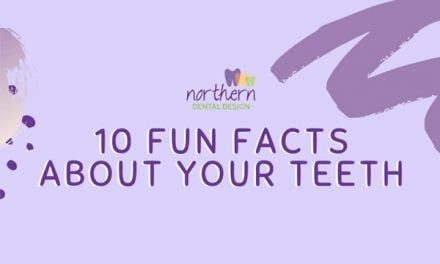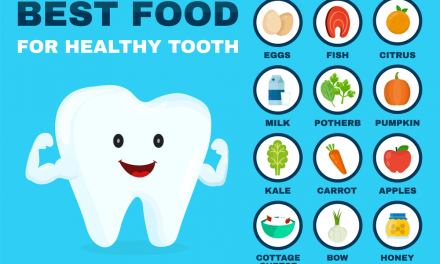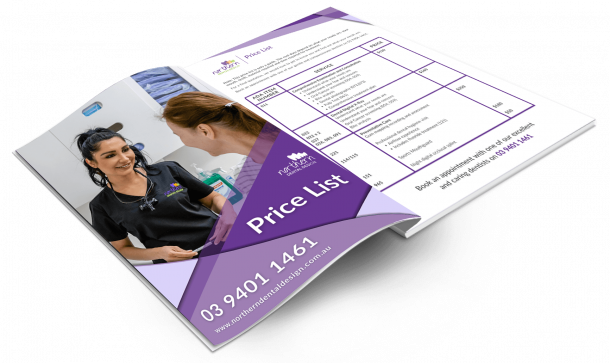Teeth and Mouth Care

Good dental health (looking after teeth and gums) is important for your overall health. Tooth decay is one of the most common diseases affecting Australian children and adults. It can cause pain and discomfort and can affect eating, speaking and sleeping. The good news is that tooth decay is largely preventable through limiting sugary foods, regular toothbrushing, and regular dental check-ups.
Causes of tooth decay
Everyone has the bacteria that cause tooth decay live in their mouth. When you eat sugary foods, the bacteria eat them too and produce acid, which damages the tooth surface (the enamel). Saliva (spit) contains minerals that help repair the tooth surface. Fluoride, found in toothpaste and most of Victoria’s drinking water, also helps to repair the damage. However, if over time there is more acid damage than repair, a cavity or ‘hole’ forms in the tooth surface. Read more about tooth decay.
Plaque and gum disease
Bacteria in the mouth create a sticky film called plaque. Gum disease is usually caused when plaque builds up on the gum line and the gum becomes inflamed and bleeds easily. Gums may look red and swollen (puffy) around the tooth. If not treated, the inflammation resulting from plaque can destroy the tissue fibres and bone that hold teeth in place. The things that help prevent tooth decay also help to prevent gum disease. Read more about gum disease.
Preventing tooth decay
Everybody with teeth is at risk of tooth decay. You can lower your risk by:
- limiting sugars (especially between meals)
- brushing teeth twice per day with a fluoride toothpaste
- cleaning between the teeth with floss or interdental brushes
- regularly having your teeth checked by a dentist or other oral health professional.
Regular tooth brushing helps prevent decay
While you can’t get rid of all the bacteria that cause tooth decay, it is possible to keep them under control. Regular tooth brushing helps to prevent tooth decay and gum disease by reducing the number of bacteria and plaque around the teeth and gums. Tips for tooth-brushing include:
- Clean your teeth and along the gum line twice a day; in the morning and before bed.
- Use a toothbrush with a small head and soft bristles. Electric toothbrushes are also a good alternative and can make brushing easier.
- For children under 18 months old, do not use toothpaste, only water.
- People over the age of 18 months should use suitable fluoride toothpaste.
- Children 18 months to five years old should use a small pea-sized amount of low fluoride toothpaste.
- For children aged six years or more, and adults, use standard fluoride toothpaste.
- If you live in an area without fluoride in your drinking water, check with your oral health professional about the right toothpaste for you.
- Gently brush teeth and along the gum line in small circles, making sure to brush each tooth on the front, back, and chewing surface.
- If using an electric toothbrush, read the instructions for your brush. Place a pea-sized amount of toothpaste on the brush head and guide the brush to your teeth first, then switch it on. Move the head slowly from tooth to tooth, including brushing where the gum and tooth meet. Do not press too hard or scrub, let the brush do the work. Brush the inside, outside and chewing surface of every tooth, top and bottom.
- After brushing, spit out toothpaste – do not swallow it, and do not rinse with water. This allows the fluoride more time to strengthen your teeth.
- Help your child to brush until you are confident they can do it properly by themselves. Children usually develop the control needed by around seven to eight years of age (a guide is when they can tie shoelaces).
- If you help a person to brush their teeth, you can get advice from an oral health professional on techniques to make this easier
- If you have braces it is important to talk to your oral health professional about the best way to brush these and prevent decay.
Read more about brushing children’s teeth.
Flossing
It is important to clean between the teeth to get to the areas that a toothbrush can’t reach. Talk to your oral health professional about whether to use floss or interdental brushes to clean between your teeth. A variety of products are available that can remove plaque from between your teeth.
Limiting sugars helps prevent tooth decay
Added sugar in the diet is the main cause of tooth decay. Reducing the amount of added sugar you eat and drink is the best way to reduce your risk of tooth decay. The less sugar in your diet, the less food you are giving the bacteria to help them grow and multiply. Fewer bacteria means less production of the acid that damages tooth surfaces. Often, the foods and drinks to avoid will taste sweet. However, highly processed foods may also contain sugars, even when they do not taste sweet. Carbohydrate foods (such as bread, biscuits, pastries and pasta) start to break down in the mouth into sugars which also feed the decay-causing bacteria. Ways to reduce your sugar intake:
- Follow the Australian Dietary Guidelines and eat a wide variety of nutritious foods from the five food groups every day: vegetables, fruit, grains, lean meats (or alternatives) and dairy (or alternatives).
- Limit sugary foods, especially sticky foods that stay on the teeth.
- Limit sugary and acidic drinks such as soft drinks (including sugar-free/diet and regular), sports drinks, cordials and fruit juices. Choose water instead.
- Check food labels to check the sugar content, and remember that sugar can be hidden in many common foods and drinks.
- Ask about medication – check if any of your medication has sugar in it and if there is a sugar-free alternative. Also ask if your medication causes dry mouth as this also increases the risk of decay.
Chewing sugar-free gum can also be helpful in the fight against decay. It can help to produce saliva, which is able to wash sugar out of the mouth into the stomach, neutralise acid, fight bacteria and repair the early stages of tooth decay. Read more about the effects of sugar on your health.
Fluoride helps prevent tooth decay
Fluoride helps to repair damage to the tooth surface. Fluoridated drinking water and toothpaste have reduced the amount of tooth decay in Australia. To be sure you are getting enough fluoride to prevent decay:
- Drink plenty of water. Fluoride is found in most of Victoria’s tap water and helps to repair acid damage to teeth. Water also helps to wash away sugars from food and drink and dilute acid in the mouth.
- Use a suitable fluoride toothpaste.
- If you live in a community where the drinking water is not fluoridated, talk to your oral health professional to make sure you are getting the right amount of fluoride to help prevent tooth decay. Your local water authority can tell you if fluoride is added to your water supply. You can also search ‘Is my water fluoridated?’ by postcode on the Department of Health and Human Services website.
- Talk to your dentist about whether you need fluoride treatments. Your dentist can apply high strength fluoride treatments as a rinse, foam, gel or varnish. They take only a few minutes and can strengthen your teeth to protect against decay. Read more about how fluoride protects against tooth decay.
Regular Dental Check-ups
It can be difficult to see the early signs of tooth decay. An oral health professional can help to spot and treat any problems early, which can prevent further decay. Oral health professionals also provide care to prevent decay such as fluoride treatments and sealants. Ask your oral health professional how often you need to have a dental check-up. If you have not had a dental visit for a while, you may need a check-up. Having no pain does not always mean that your teeth and mouth are healthy. All children should have an oral health assessment by the time they turn e two. This may be done by an oral health professional such as a dentist, or other health professional such as a maternal and child health nurse or your doctor. Always see your oral health professional if you have:
- mouth pain
- bleeding gums
- swelling of the face
- a damaged or knocked out tooth (or teeth)
- mouth sores that don’t heal after a couple of weeks.
Read more about seeing a dentist or dental health practitioner.
Sealants
Your dentist (or other oral health professionals) can apply sealants to teeth to help protect teeth from decay. A dental sealant is a plastic film that is applied to the deep grooves on the back teeth. A good time to have this done is soon after adult teeth come through (around 13 years of age). Ask your dentist if sealants are recommended for your child. Read more about dental sealants.
Other tips for a healthy mouth
Wear a mouthguard when playing and training for the sport if there is a risk of mouth injury. For some sports, you will need a full-faced helmet or faceguard. Oral cancers are a common type of cancer in Australia. Tobacco and alcohol consumption are the main risk factors for oral cancer. Reduce your risk of oral cancer by: Quit smoking to improve oral health and general health. Smoking is one of the main risk factors for oral cancers. Limit your alcohol intake. Frequent and heavy consumption of alcohol increases your risk of oral cancer. Using alcohol and tobacco together increases this risk even more. Protect your face from the sun. Use an SPF30+ broad-spectrum, water-resistant sunscreen to reduce the risk of lip cancers.
Dry mouth
Saliva (spit) is important for protecting your teeth and keeping your mouth healthy. Saliva cleans teeth and gums by washing the mouth and reducing acidity. It also reduces bad bacteria and provides important minerals to your teeth. When not enough saliva is produced it can affect your oral health and cause a dry mouth (also known as dry mouth syndrome). Dry mouth can be caused by some medical conditions, some pharmacy medications and illicit drugs. Aside from your mouth feeling dry, other signs of a dry mouth can include:
- saliva that is thick and stringy
- cracks on the tongue, lips, and sides of the mouth.
If you have a dry mouth talk to your doctor or oral health professional. Read more about dry mouth syndrome.
Where to get help
- Your dentist
- Your maternal and child health nurse
- Dental Health Services Victoria provides public dental services through the Royal Dental Hospital of Melbourne and community dental clinics, for eligible people. For information about public dental services call (03) 9341 1000 or 1800 833 039 (outside Melbourne metro)
- Australian Dental Association ‘Find a Dentist‘
Click here for the original article.
DISCLAIMER:
The content has been made available for informational and educational purposes only. Northern Dental Design does not make any representation or warranties with respect to the accuracy, applicability, fitness, or completeness of the content.
The content is not intended to be a substitute for professional personal diagnosis or treatment. Always seek the advice of your dentist or another qualified health provider with any questions you may have regarding a dental or medical condition. Never disregard professional advice or delay seeking it because of something you have read or seen on the Site.

